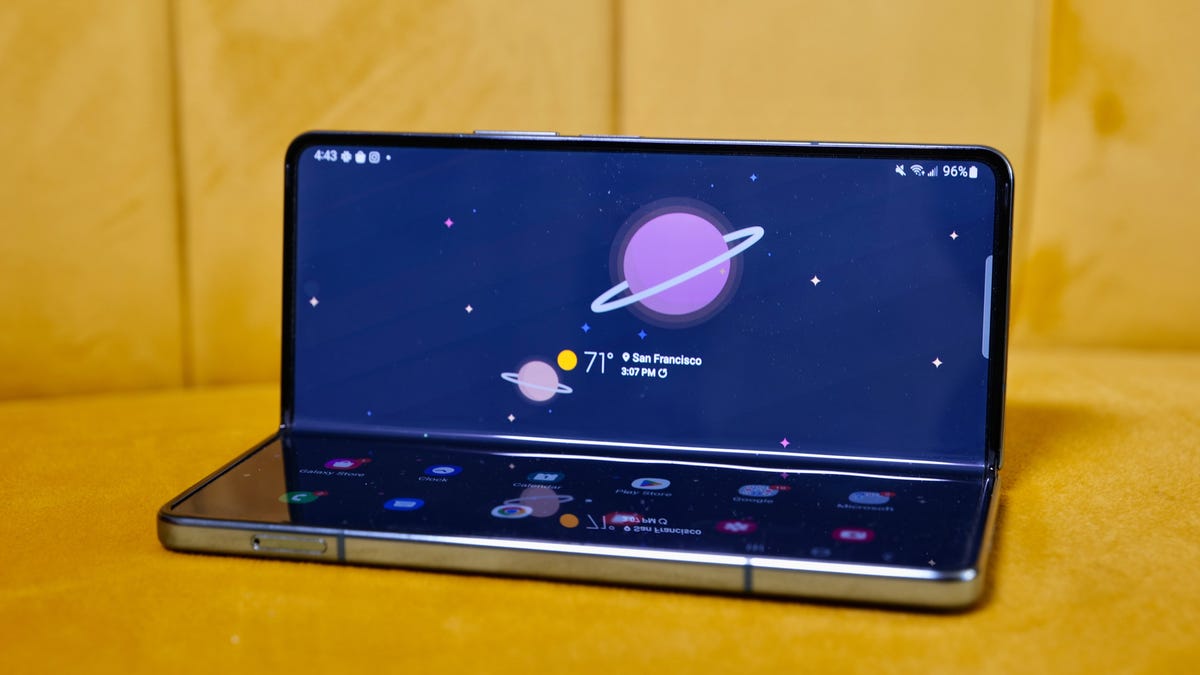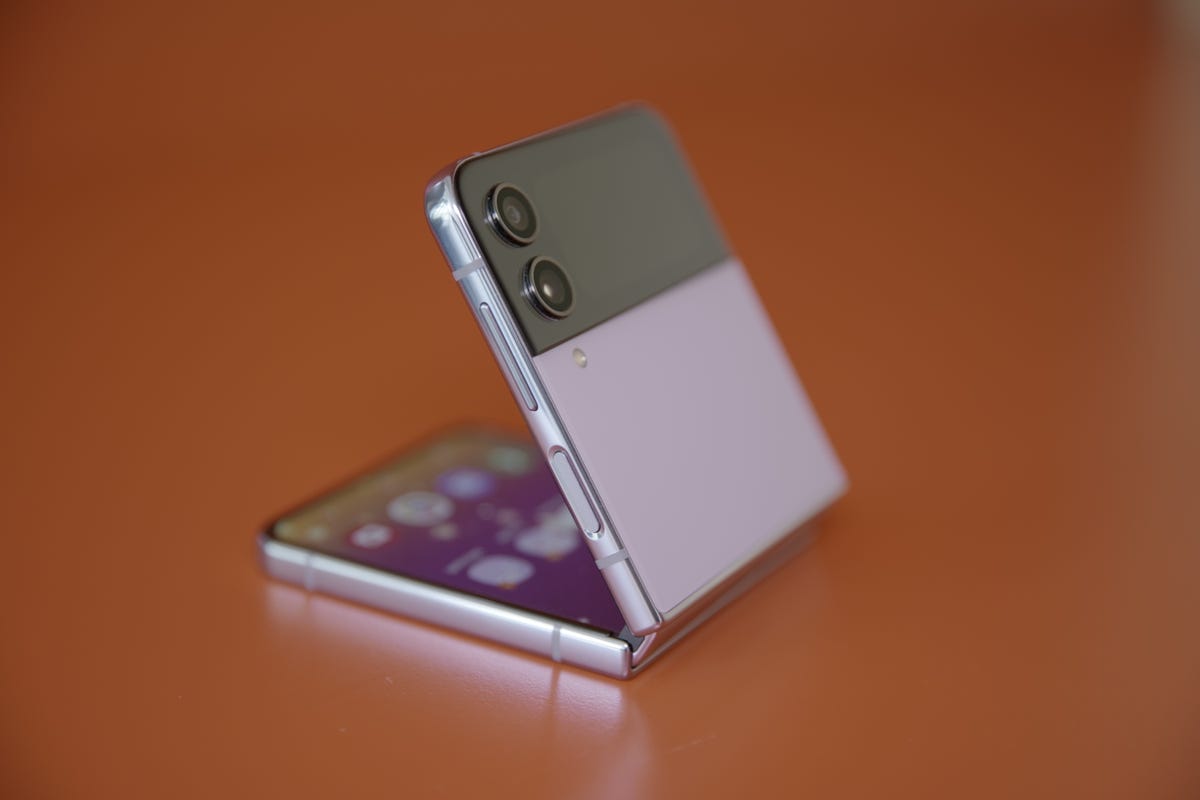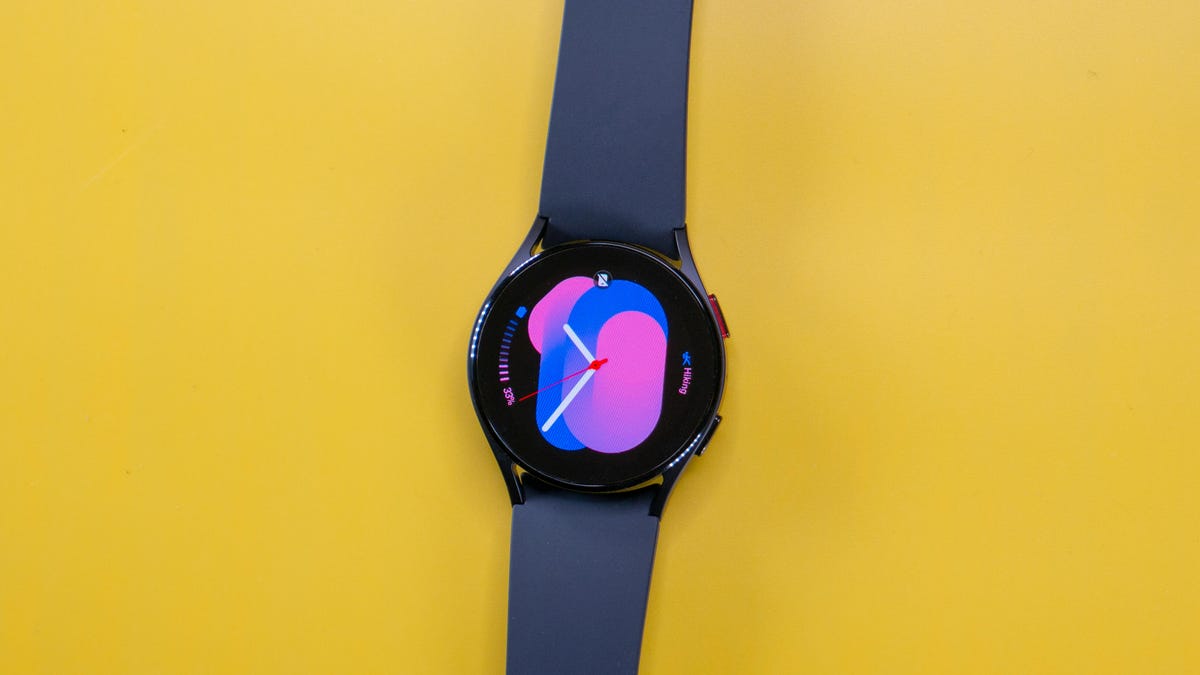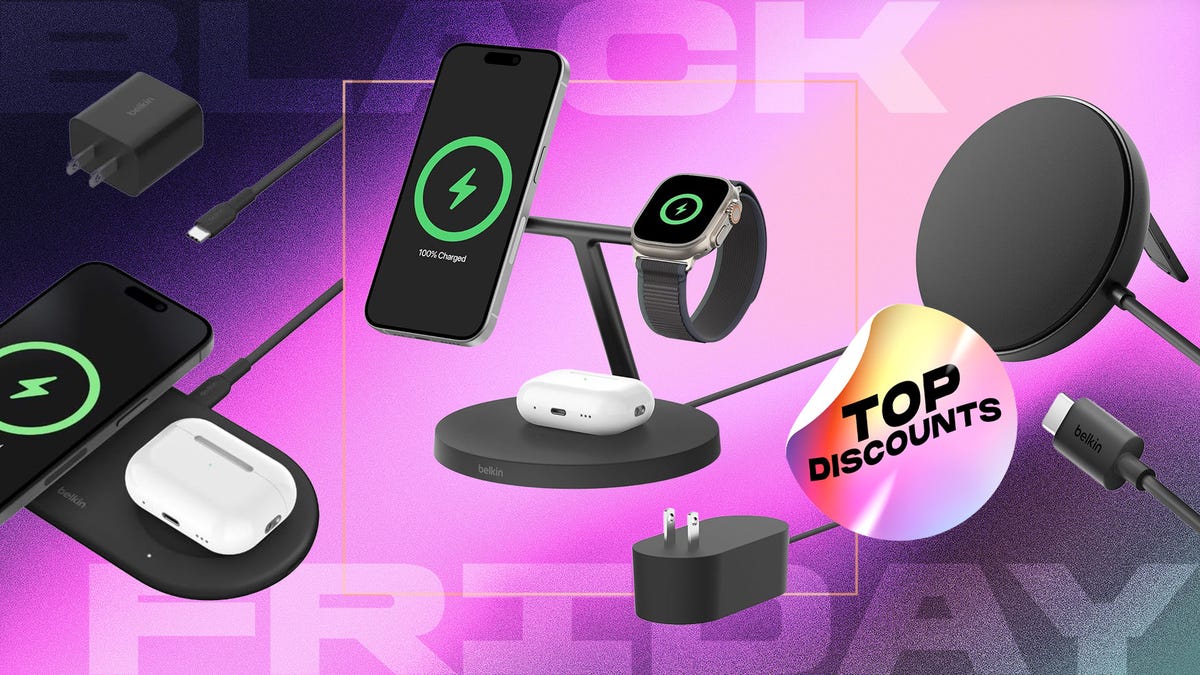Technologies
Samsung Unpacked: How to Watch This Week’s Galaxy Fold 5, Flip 5 Event
Samsung’s next wave of foldable phones are expected to debut this week.

Samsung is expected to launch the Galaxy Z Fold 5 and Galaxy Z Flip 5 this Wednesday. The new wave of foldable phones will likely be the focus of the company’s Samsung Unpacked event, which will be the first to take place in Seoul, South Korea. This will mean an early morning if you plan to watch this launch from the US.
While Samsung’s entering its fifth consecutive year in the foldable phone market, the devices it’s launching at this year’s Unpacked arrive among a good deal more competition. Google’s $1,800 Pixel Fold is the first Pixel device to adopt a similar style to the Galaxy Z Fold series, in which a traditionally scaled phone unfolds to reveal an inner tablet-sized screen. OnePlus is also rumored to have its own foldable phone on the way, which could further disrupt the space.
And after taking a few years off from the US market, Motorola’s new $1,000 Razr Plus is now eyeing Samsung’s Z Flip series, with the newest entry including a larger cover screen that can run most Android apps. We also know Motorola has a more affordable Razr model on the way with a smaller cover screen.
And it’s not only phones. Samsung’s summer Unpacked events often include an update to the Galaxy Watch series. While the Samsung Galaxy Watch now faces competition with Google’s Pixel Watch, on the software side Samsung and Google remain in a partnership towards the development of Wear OS. However, Samsung often differentiates its watches by way of its own software enhancements, and it’s likely a new Galaxy Watch would provide a spotlight for any new Samsung Health updates.
CNET will be covering the next Samsung Unpacked event live as it happens, and here is how you can watch all of the reveals next week. This will include a live blog and a live watch party, which will cover the leadup to the next phone event and run through all of the new devices as they’re unveiled.
How to watch the next Samsung Unpacked event
Samsung’s next Unpacked event starts on Wednesday, July 26 at 4 a.m. PT, 7 a.m. ET, 12 p.m. in the UK and 9 p.m. in Australia. The early time is because Samsung is holding the event at 8 p.m. local time in Seoul.
Samsung will be livestreaming the Unpacked announcements on Samsung.com and on Samsung’s YouTube channel.
CNET’s live blog will launch the day before Samsung Unpacked, and our live watch party will stream on CNET’s YouTube channel.
What are we expecting at Samsung’s Unpacked event?
Based on the Samsung Unpacked invitation, foldable phones are almost assuredly the focus of the next event.
Samsung is using the tagline «Join the flip side» to promote the July 26 eventwhile showing a phone that unfolds and flips around in its GIF graphic (watchful eyes may catch two silhouettes; possibly of both series of foldables). This is likely pointing to updates to the Galaxy Z Fold series and the Galaxy Z Flip series.
Samsung also traditionally debuts its latest Galaxy Watch alongside its foldable phones, and that could also come with announcements related to Samsung Health. Samsung has already teased that its upcoming One UI 5 Watch software will include a bigger focus on sleep and heart-rate tracking. Such features could point to the future of the next Galaxy Watch, even if the software updates will also be available to prior Galaxy Watch models.

What are rumors saying about Samsung’s Unpacked announcements?
The presumed Galaxy Z Fold 5 and Galaxy Z Flip 5 might receive minor redesigns to give each foldable phone better advantage of their shape.
An early Z Fold 5 rumor, reported late last year by Korean news outlet The Elec, pointed to the possibility of an S Pen slot that would harken back to the Galaxy Note series. If it does, this could enhance the positioning of the Z Fold 5 as a productivity device more akin to a mini computer. Samsung has already incorporated features like a mini trackpad into the Z Fold series, for use when the device is folded halfway to enable browsing as one would with a laptop.
Following the Pixel Fold’s ability to close completely, the Galaxy Z Fold 5 might also get a new hinge, which would allow for a less noticeable crease and a slimmer profile. That’s according to several Korean news outlets, including The Elec, ET News and leaker Ice Universe.
Meanwhile, rumors about the Z Flip 5 are primarily pointing toward a redesigned, larger cover screen. If true, this would allow the Z Flip 5 to be a lot more useful when closed — ideally using miniature versions of Android apps that fill its bigger screen. Several presumed renderings of the Z Flip 5, which include a SamMobile report from April as well as a more recent report by 9to5Google, purport to show a larger cover screen that can display a keyboard or widgets.

The rumored Galaxy Watch 6 could also have a number of changes to both its design and how it’s sold. According to a 9to5Google report, the Galaxy Watch 6 series could include a 47mm Watch 6 Classic model — which would be the largest Galaxy Watch so far. The Galaxy Watch 6 might also get a bigger battery, with Android Central reporting a possible 300-mAh and 425-mAh capacity for different models.
Leaker SnoopyTech is reporting that the Galaxy Watch 6 might also be sold as part of a «business model,» which could imply a number of possibilities. For instance, Google’s Fitbit Premium subscription unlocks additional features and statistics that aren’t available without being a subscriber. Amazon tried a similar subscription with its Halo wearables, which are now defunct.
Samsung might also show off a new iteration of the Galaxy Buds headphones, or additional features that would arrive to its other Galaxy phones. We’ll find out soon, when Samsung’s Unpacked event arrives on July 26.
Technologies
Adorn Your Wrist With a 45mm Pixel Watch 3 for Just $200 This Black Friday
Both Amazon and Walmart are selling Google’s Pixel Watch 3 for just $200, but for how long?
There are tons of reasons to pick up a new smartwatch, not the least of which is monitoring your health and tracking your fitness goals. If you’re in the Android world, there are plenty of options to choose from right now. The Pixel Watch 3 is a solid choice, and it was our favorite Android smartwatch until the new Pixel Watch 4 took its place in the lineup. But the Watch 3 still boasts some great features that can help you stay on top of your wellness goals into the new year as well. And both Amazon and Walmart are running Black Friday deals that make it significantly cheaper than the Pixel Watch 4.
Both retailers are selling the bigger 45mm model with a solid $100 discount, so you can pick one up for just $200. That’s $100 less than the Pixel Watch 4’s Black Friday price. Again, this offer is available at both Walmart and Amazon, so take your pick as to where you place your order. Just do it soon because we don’t know how long these Black Friday deals will last.
The impressive watch was previously our top Android smartwatch because of its attractive design, large screen and speedy charging. It no longer requires a Fitbit Premium membership to access your readiness score, and it has plenty of great tools for runners. However, although the watch comes with Google Assistant, it doesn’t include Gemini, Google’s AI.
Lisa Eadicicco, a former senior editor, said in her CNET review, «The Pixel Watch 3’s upgrades are enough to keep it as my top pick for a general-purpose Android smartwatch. If you’re anything like me and consider yourself a casual runner in need of a general-purpose Android watch that’s sleek and comfortable, the Pixel Watch 3 won’t disappoint.»
If this isn’t the Pixel Watch for you, take a look at our full roundup on the best Pixel Watch deals going on right now.
SMARTWATCH DEALS OF THE WEEK
-
$339 (save $60)
-
$280 (save $70)
-
$300 (save $50)
-
$150 (save $100)
-
$49 (save $30)
Why this deal matters
Google Watches don’t go on sale often. These rare discounts on the Pixel Watch 3 are thanks to the release of the Pixel Watch 4 earlier this year. This deal drops the 45mm model to just $200 — a new all-time low, and a strong value for one of the most versatile Android smartwatches available.
Don’t miss any of our unbiased tech content and lab-based reviews. Add CNET as a preferred Google source.
Join Our Daily Deals Text Group!
Get hand-picked deals from CNET shopping experts straight to your phone.
By signing up, you confirm you are 16+ and agree to receive recurring marketing messages at the phone number provided. Consent is not a condition of purchase. Reply STOP to unsubscribe. Msg & data rates may apply. View our Privacy Policy and Terms of Use.
Technologies
I Regularly Buy Belkin Gear at Full Price, but You Can Save Up to 63% for Black Friday
Belkin makes excellent mobile accessories, from cables to wireless charging stands. Snag some of our favorites for less this Black Friday.

You can never have too many charging options, especially when you can stock up during an epic sale. We’re just hours away from Black Friday, and Belkin is offering up to 65% off its mobile accessories at Amazon. Belkin regularly shows up in our best lists, including our roundup of top wireless chargers.
The brand makes excellent gear at reasonable prices, and those prices just got even lower. Whether you’re looking for a charging station for your nightstand or a sleek power bank for travel days, there’s a Belkin Black Friday deal for you.
The Belkin MagSafe three-in-one wireless charging stand landed on our list of best wireless chargers for its impressive fast-charging performance. Our expert, David Carnoy, praised the stand’s convenient design and its ability to fast charge Apple’s entire ecosystem. That means you’ll be able to charge your iPhone, Apple Watch and any AirPods with a wireless charging case — all at once. Carnoy’s only complaint was the price; however, it’s substantially discounted for Black Friday. Belkin’s MagSafe three-in-one wireless charging stand is now just $78 — 35% off the usual $120 price.
If you spend a lot of time in your car, be it a long commute or regular road trips, a good car mount is a must. The Belkin MagSafe car mount is another one of our favorite accessories. The magnets provide a strong, secure hold for your phone, and you can rotate it for easy access. The mount plus charger is currently available for $55, down from $80.
Speaking of road trips, if you’re traveling this holiday season, you definitely need a portable power bank. Belkin has a 10,000 mAh power bank with a built-in USB-C power delivery cable for $15. This 20-watt charger typically retails for $40, so you’re saving 63%. There are four colors, but this price only applies to the black model. Other colors are available for $30.
If you’ve got a Nintendo Switch 2 or you’re gifting it to a loved one, you’ll love Belkin’s Switch 2 travel case. It’s lightweight with a hard shell and has storage pockets for up to 12 game cards. Snag one right now for $22. Just make sure you click the on-page coupon to get the full discount.
Belkin also has huge discounts on headphones and earbuds if those are on your gift list this year.
Why this deal matters
Phone accessories, including chargers and earbuds, can wear quickly and are easy to lose. Third-party retailers like Belkin offer a solid selection of mobile accessories for all budgets. This Black Friday deal makes now an excellent time to shop with up to 63% off top-rated charging stations, car mounts and even headphones.
Join Our Daily Deals Text Group!
Get hand-picked deals from CNET shopping experts straight to your phone.
By signing up, you confirm you are 16+ and agree to receive recurring marketing messages at the phone number provided. Consent is not a condition of purchase. Reply STOP to unsubscribe. Msg & data rates may apply. View our Privacy Policy and Terms of Use.
Technologies
The Black Friday Gaming Deals You Want Are Already Here, Including PlayStation, Xbox and Alienware
-

 Technologies3 года ago
Technologies3 года agoTech Companies Need to Be Held Accountable for Security, Experts Say
-

 Technologies3 года ago
Technologies3 года agoBest Handheld Game Console in 2023
-

 Technologies3 года ago
Technologies3 года agoTighten Up Your VR Game With the Best Head Straps for Quest 2
-

 Technologies4 года ago
Technologies4 года agoBlack Friday 2021: The best deals on TVs, headphones, kitchenware, and more
-

 Technologies4 года ago
Technologies4 года agoVerum, Wickr and Threema: next generation secured messengers
-

 Technologies4 года ago
Technologies4 года agoGoogle to require vaccinations as Silicon Valley rethinks return-to-office policies
-

 Technologies4 года ago
Technologies4 года agoOlivia Harlan Dekker for Verum Messenger
-

 Technologies4 года ago
Technologies4 года agoiPhone 13 event: How to watch Apple’s big announcement tomorrow
